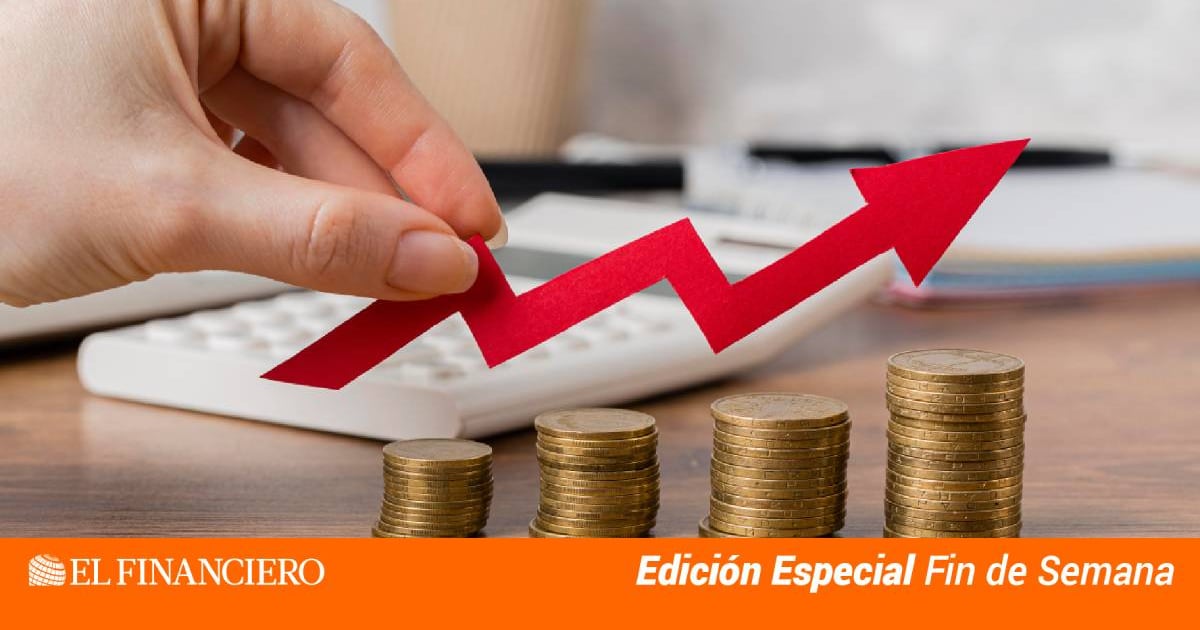Recent economic indicators in Mexico have shown clear signs of stagnation. In May, the Mexican Social Security Institute reported a loss of 45,624 formal jobs compared to the previous month. Additionally, annual growth in the number of registered workers was a mere 0.1% compared to May 2024, reflecting weak job creation. Private consumption has also slowed significantly, with household spending contracting by an estimated -0.95% annually in the first quarter of the year, marking the first quarterly decline since early 2021. The automotive sector, which had previously shown dynamism, sold 119,961 new cars in May 2025, a subtle 0.4% drop from the same month last year. Productive investment has fallen for seven consecutive months, with gross fixed investment dropping 4.9% in the first quarter of 2025 compared to the same period in 2024, driven by a 22.4% decline in public investment due to fiscal adjustments. Although Mexico is not technically in a recession, the current economic signals are concerning. The first quarter of 2025 saw only a minimal 0.2% growth in GDP, and forecasts for the second quarter suggest a possible negative figure. External factors, such as uncertainty in U.S. trade policy, and internal factors, like reduced public spending, contribute to this slowdown. Public investment fell by 19% in real terms as of April, weakening aggregate demand and affecting sectors like construction. Private consumption, previously a buffer against economic slowdown, is showing clear signs of weakness. While critical variables like inflation, interest rates, and exchange rates remain controlled, offering some protection against more severe crises, the current economic stagnation cannot be ignored. Immediate attention and policies to boost business confidence and productive investment are essential to reversing this trend.
— new from El Financiero
